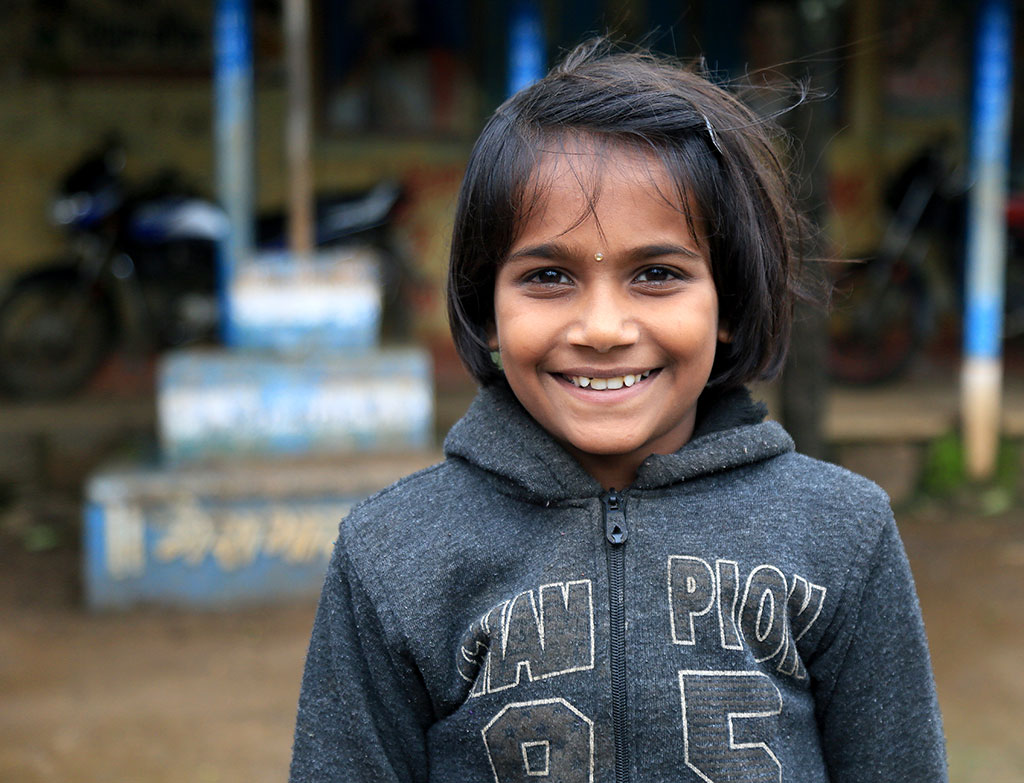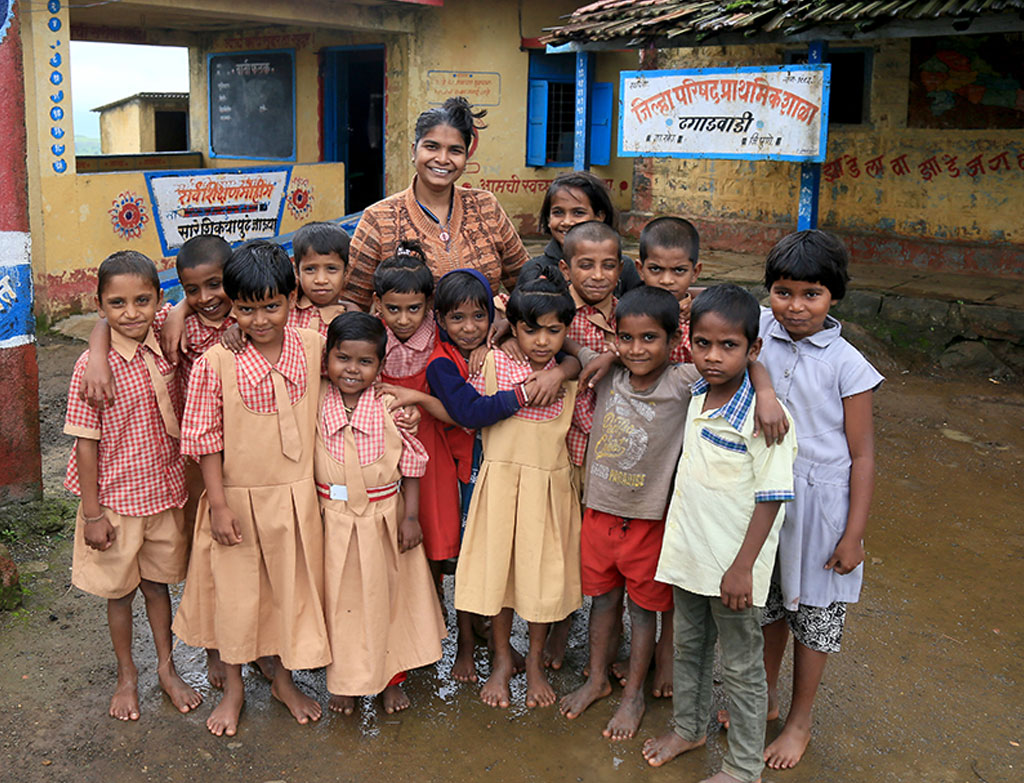The radiant smiles adorning the faces of the students of Zilla Parishad Primary School, Dhagadwadi, narrate a compelling tale of how the introduction of solar energy has propelled them towards embracing digital learning. Vaishnavi, a vibrant fourth-grade student, eagerly expresses her delight in experiencing a well-lit classroom, emphasising the profound impact it has made in enhancing their educational journey. When asked what the best thing about her school is, she says, “My teacher and… solar.”
For Vaishnavi and her classmates, the solar panels have made their days brighter. Earlier, the school located on top of Dhagadwadi hill - (‘Dhag’ means cloud in Marathi), did not have access to electricity, for days during the daunting power cuts in the monsoon. This single-teacher school, with a total strength of 14, now has uninterrupted access to electricity and digital learning throughout the day.
Habitat for Humanity India has partnered with Atos Prayas Foundation in facilitating the installation of off-grid solar panels in Zilla Parishad schools located in the Khed block of Maharashtra. The project encourages schools to use renewable sources of energy, enabling these educational institutions to maintain a consistent and self-sufficient power supply, free from reliance on the local grid. The Zilla Parishad Primary School at Dhagadwadi stands as an example among the 24 schools that have collaborated with Habitat India and Atos Prayas Foundation to achieve complete energy self-sufficiency through renewable means.
Ms. Laxmi Bhangra, the only teacher in the school, shared the difficulties of the power shortage in the village and how it affected the learning of children. “Due to constant power outages, I had to rely on my mobile phone for digital teaching, which would also eventually run out of charge. Since it’s a single-teacher school, it is quite difficult to engage all the students at the same time without the aid of digital tools. Now that we have access to solar power throughout the day, I handle e-learning classes for a few students; through a television connected to my mobile phone, while sitting with others to focus on their coursework. This way, I can pay attention to each child and make learning a unique experience for them."
“In a school that’s located on the hilltop, it becomes very important to have a well-lit classroom. There were times when the power outage would go on for days and we would sit in the classroom with some candles to keep the room bright. The chances of insects or reptiles like snakes entering the classroom are high and a well-lit classroom helps us protect our students better. Now that we have access to electricity throughout the day, villagers also approach us to charge their devices during emergencies.”
Access to solar energy has lifted the clouds of darkness from the Dhagadwadi school. It now shines brightly over the hills, regardless of rainy days or power outages.




